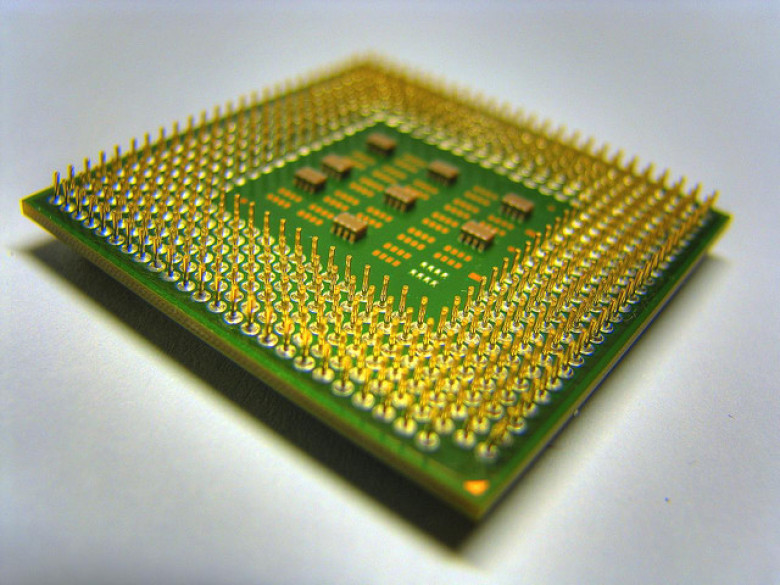How to maximise your processor's efficiency
Windows is very democratic in its allocation of CPU time - just about any program you run gets full access to every processor core by default. This sounds like a good idea at first, but it isn't.
Yes, some of the programs you run need to consume all the CPU power you have available, but there are plenty of others that are less important. Many of those system tray icons represent tools that you need to run, but aren't exactly critical. There's no need for them to have the same level of access to your CPU as, say, that game you're going to play next.
Many PC users don't realise that there are several ways to make this happen. You don't have to put up with the standard Windows CPU scheduling strategy - you can easily change it, ensuring less important programs make less use of your resources and leaving more power available for the applications that matter. Any resulting speed boost will be small - it's more likely to be 5 per cent than 50 per cent - but it can still help your system run more smoothly.










































































